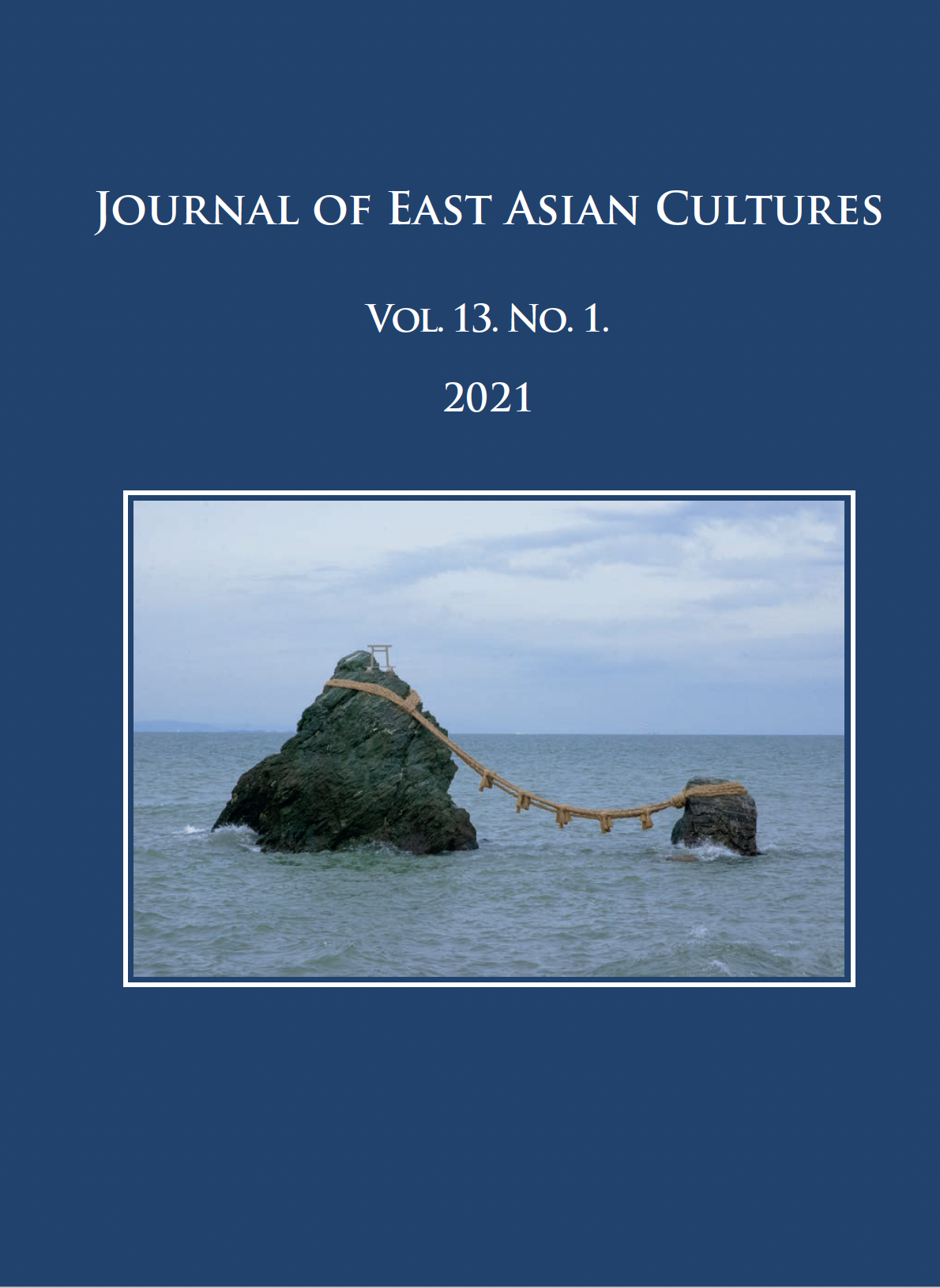What has Changed in Japan? Case Studies of Women’s Life Paths from the Last Two Decades
Megjelent 2021-12-15
Kulcsszavak
- nők szerepe,
- nemi egyenlőség,
- nők foglalkoztatása,
- munkaerőpiac,
- mai japán társadalom
- japán család ...Tovább
Hogyan kell idézni
Copyright (c) 2021 a szerző(k)

This work is licensed under a Creative Commons Attribution-NonCommercial 4.0 International License.
Absztrakt
A jelen tanulmány a nőknek a jelenkori japán társadalomban elfoglalt helye általános átalakulásának egyes aspektusait vizsgálja. Az elemzés elsősorban azokra a változásokra összpontosít, amelyek a nőknek a családban betöltött hagyományos szerepében mennek végbe, valamint arra, hogyan befolyásolja mindez a nők lehetőségeit a munkaerőpiacon. A tanulmány első fele általános áttekintést nyújt a legfőbb változásokról, amelyek hatással voltak a japán nők szerepére a család intézményében a 20. és a 21. század folyamán. A második szakaszban három esettanulmányt mutatunk be és elemzünk. Az esettanulmányok három eltérő életutat jelenítenek meg, amelyek illusztrálják a korunkban végbe menő átalakulást. Az elemzés rámutat, hogy a házasságot már nem lehet széles körben úgy értelmezni mint egyetlen társadalmilag elfogadott életutat, és hogy a mai japán társadalom sokkal inkább hajlandó elfogadni alternatív életút-választásokat. Noha a nemek közötti egyenlőség továbbra is olyan cél, melyet Japánban nehéz elérni, a közelmúlt változásai arra mutatnak rá, hogy a nemi szerepek és a foglalkoztatási módok radikális átalakulásai nem kerülhető el, a japán társadalom pedig nagyobb mértékben áll készen ezen átalakulás befogadására, mint valaha.
Hivatkozások
- Ambaras, David R. 1998. “Social Knowledge, Cultural Capital, and the New Middle Class in Japan. 1895‒1912.” Journal of Japanese Studies 24.1: 1–33. https://doi.org/10.2307/132937
- Hendry, Joy 1981. Marriage in Changing Japan. Rutland, Tokyo: Charles E. Tuttle Co.
- Hendry, Joy 1986. Becoming Japanese. The World of the Pre-School Child. Manchester: Manchester University Press.
- Kato, Akihiko 2013. “The Japanese Family System: Change, Continuity, and Regionality over the Twentieth Century.” MPIDR Working Papers WP 2013-004. Rostock: Max Planck Institute for Demographic Research, 1–48. https://doi.org/10.4054/MPIDR-WP-2013-004
- Nobuyoshi, Toshitani – Amy Searight 1994. “The Reform of Japanese Family Law and Changes in the Family System. U.S.-Japan Women's Journal. English Supplement 6: 66–82.
- Papp, Melinda 2016. Shichigosan. Change and Continuity of a Family Ritual in Contemporary Urban Japan. New York: Palgrave Macmillan.
- Papp, Melinda 2015. “The Transformation of a Family Ritual in Interwar Japan.” Asia Pacific World 6.1: 5‒20.
- Papp, Melinda 2014. “A család intézményének átalakulása az ünnepi szokások tükrében a háború előtti Japánban (1868–1945)” [The Japanese family and its celebrations in prewar Japan]. Távol-keleti Tanulmányok 8.1–2: 159‒178.
- Uno, Kathleen 1993. “The death of ‘good wife, wise mother’?” In: Andrew Gordon (ed.) Postwar Japan as History. Berkeley, CA: University of California Press, 293‒322.
- Usui Chikako – Howard A. Palley 1997. “The Development of Social Policy for the Elderly in Japan.” Social Service Review 71.3: 360‒381. https://doi.org/10.1086/604262
- Vogel, Suzanne H. 1996. “Urban Middle-Class Japanese Family Life, 1958‒1996: A Personal and Evolving Perspective.” In: David W. Shwalb – Barbara J. Shwalb (eds.) Japanese Childrearing. Two Generations of Scholarship. New York, London: The Guilford Press, 177–200.
- White, Merry 1996. “Renewing the New Middle Class: Japan’s Next Families.” In: David W. Shwalb – Barbara J. Shwalb (eds.) Japanese Childrearing. Two Generations of Scholarship. New York, London: The Guilford Press, 208–218.

